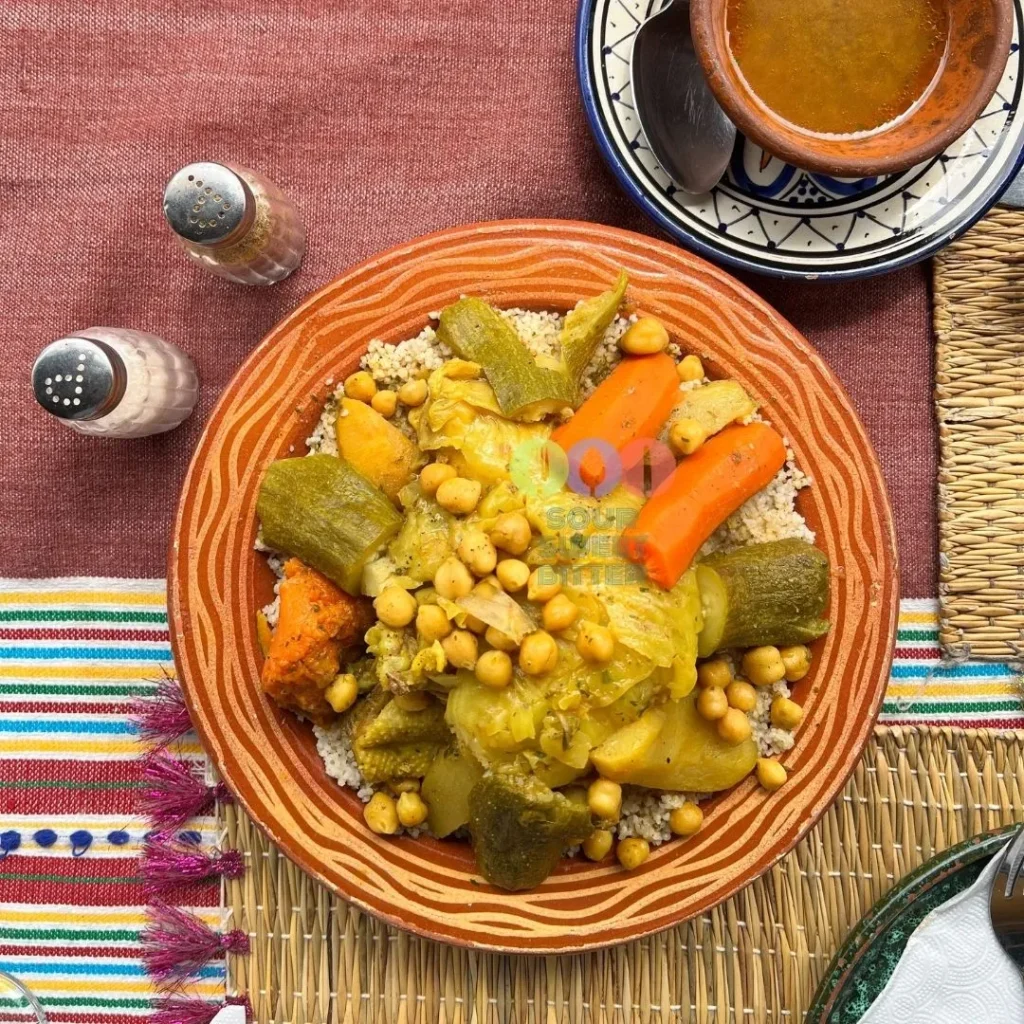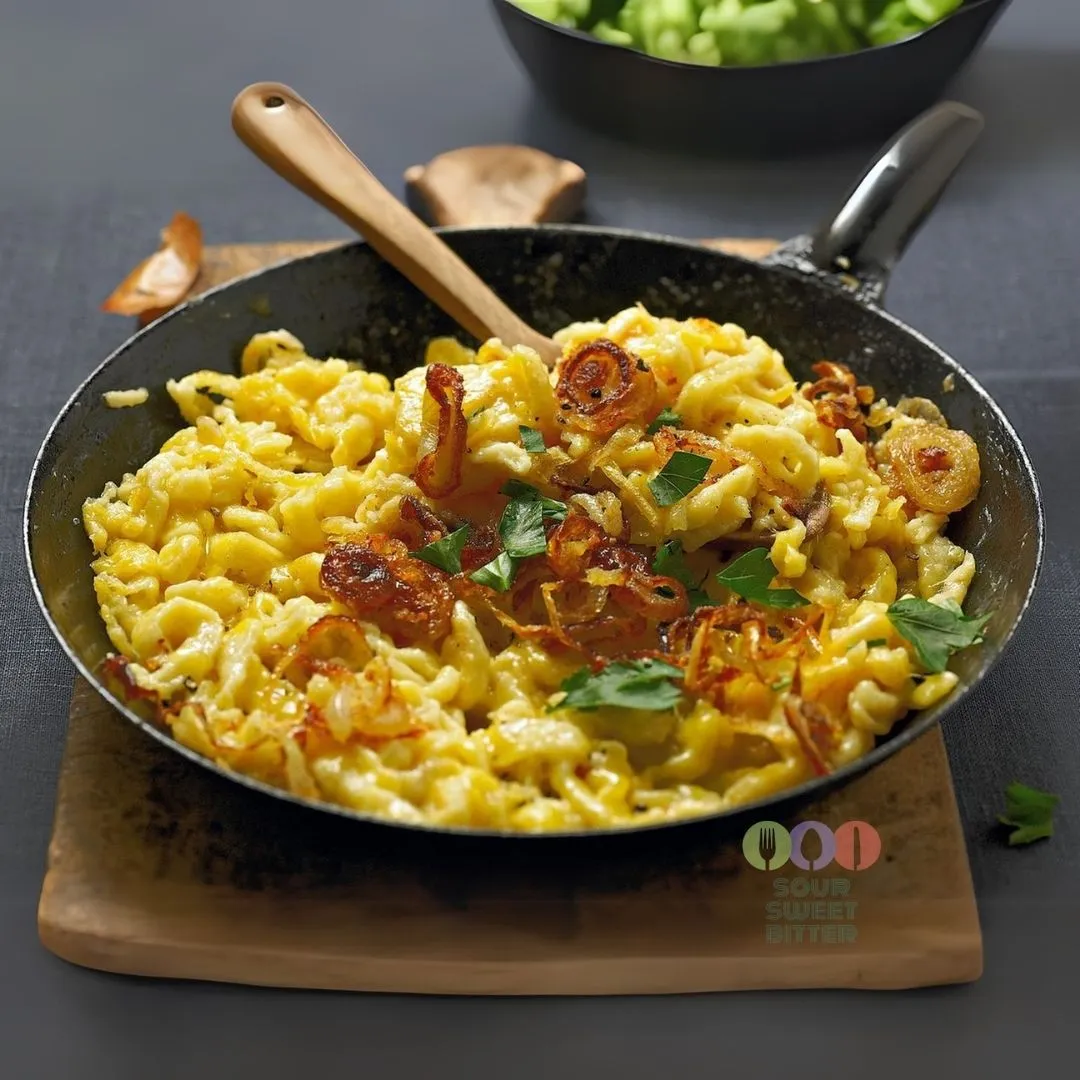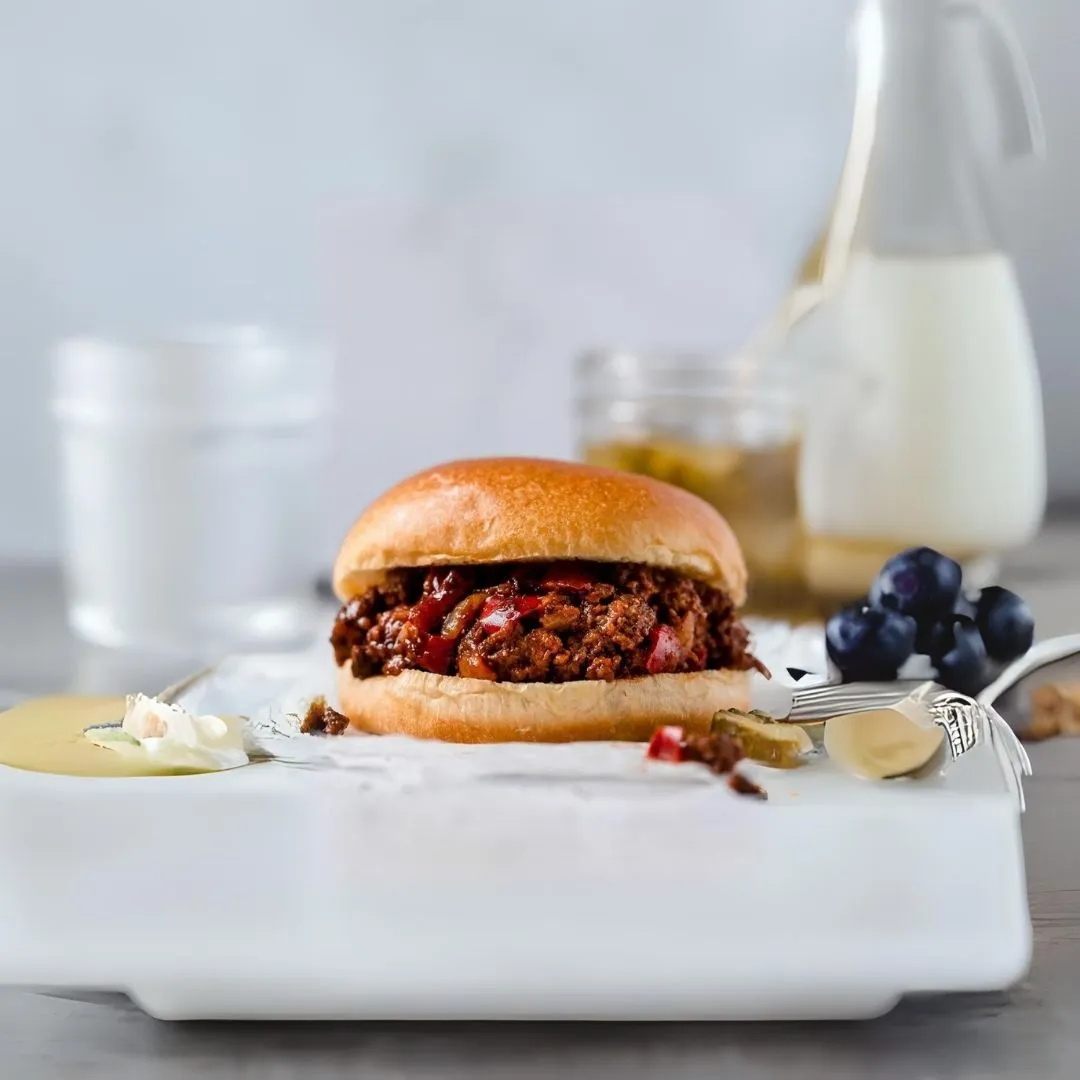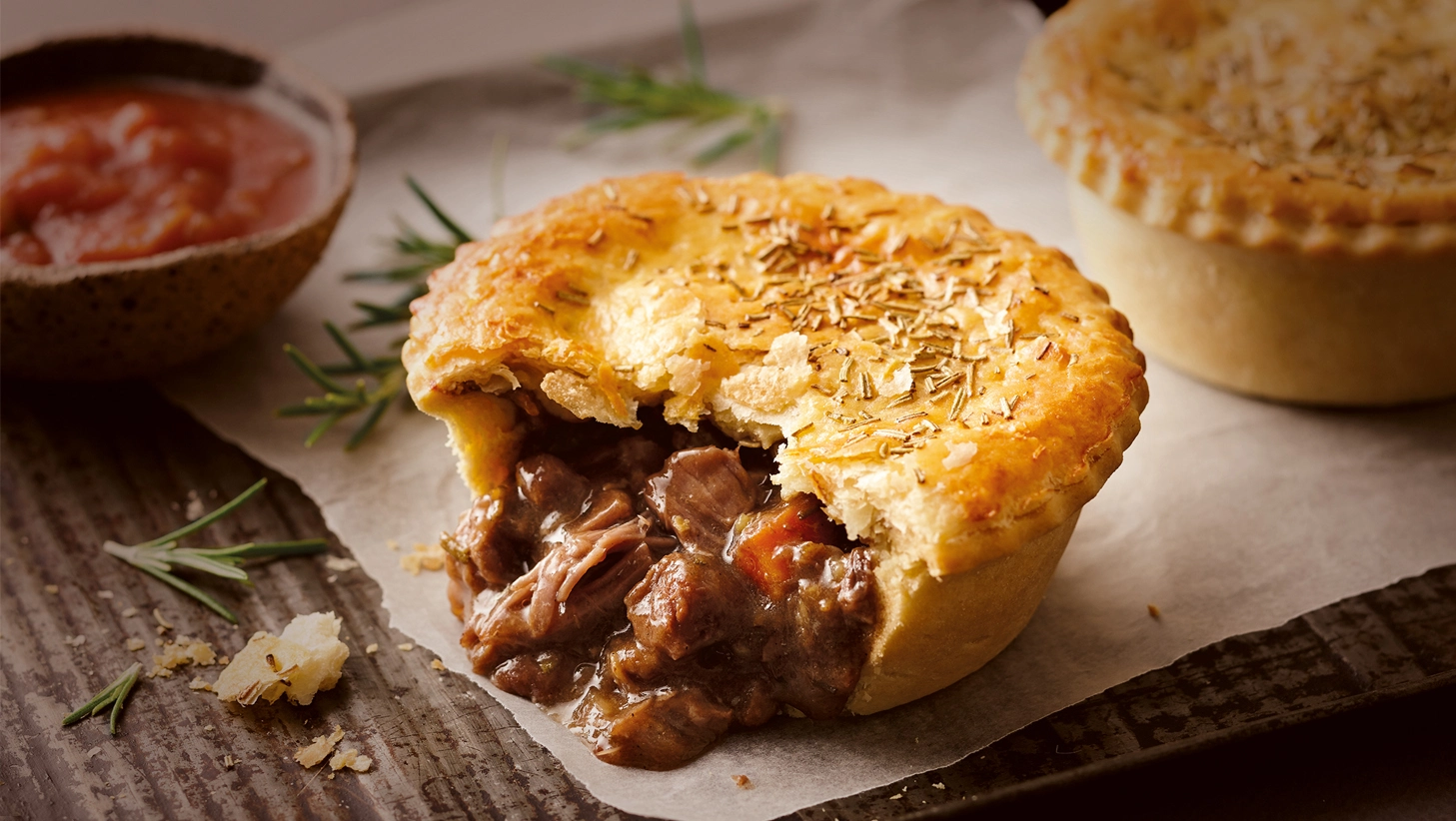The Fascinating History and Tradition of Moroccan Couscous
An Ancient Grain with a Timeless Legacy
Moroccan couscous is more than just a dish—it’s a symbol of culture, tradition, and heritage. It dates back to the 7th century, when the Berbers of North Africa first began preparing it using semolina flour. They rolled it by hand into tiny granules, then sifted it with care. The word “couscous” comes from the Berber term seksu, which means “well rolled” or “rounded.” Over time, this humble grain became a cherished part of Moroccan identity.
A Dish of Unity and Celebration
In Morocco, couscous plays a central role in family life. Most households prepare it every Friday after the midday prayer. This tradition isn’t just about food—it brings people together. Families gather around one large dish and share the meal, either with spoons or by hand. Couscous also appears at weddings, holidays, and special events. Each time it’s served, it symbolizes unity, hospitality, and generosity.
The Art of Steaming: A Labor of Love
Traditional Moroccan couscous isn’t boiled like pasta. Instead, it’s steamed over a pot of fragrant stew—sometimes two or three times. This technique allows the couscous to absorb the rich aromas rising from the stew below. While the process takes time, Moroccan cooks value the patience it requires. Every step reflects care, intention, and respect for tradition.
A Harmony of Flavors
What makes Moroccan couscous truly unique is the depth of flavor in every bite. A typical dish features lamb or chicken, seasonal vegetables, and an aromatic broth. Spices like turmeric, cumin, cinnamon, and saffron add complexity. In some regions, people add sweet ingredients like raisins or caramelized onions. These contrasting flavors blend beautifully, creating a memorable experience.
Regional Variations
Although the core technique remains the same, Moroccan couscous varies by region. In coastal areas, seafood is often used instead of meat. Inland towns may add chickpeas, squash, or dried fruit. Some versions even include a spicy sauce on the side, known as harissa. Each variation tells a different story and reflects the local landscape.
Couscous Around the World
Over the years, couscous has traveled far beyond Morocco’s borders. Today, it appears on menus in Paris, New York, and Tokyo. In 2020, UNESCO recognized it as part of the Intangible Cultural Heritage of Humanity. This honor highlights its deep roots in the Maghreb and its growing popularity worldwide. Clearly, couscous has become a global ambassador of Moroccan tradition.
A Dish That Connects Past and Present
In today’s fast-paced world, couscous encourages us to slow down. Preparing it the traditional way connects us with the past. Sharing it with others reminds us of the value of togetherness. For Moroccans and couscous lovers everywhere, this dish is a warm, flavorful link to heritage—and a timeless symbol of home.
Discover Traditional Moroccan Recipes Discover Traditional Recipes from Africa
Moroccan Couscous
Ingredients
Instructions
-
In the lower part of the couscous pot, heat the oil, then the chicken (cut into pieces, but you can leave it whole), the spices, the peeled and sliced onions, the peeled and quartered tomatoes, the bunch of herbs, and the chickpeas.
-
After 15 minutes, add 2 liters of water. Wash the turnips and cut them into quarters. Wash and scrub the carrots and cut them into chunks, and cut the cabbage in half, then add them to the mixture.
-
Boil everything over medium heat for half an hour. Place the couscous in the top of the couscous pot and place it over the boiling pot. Steam should only escape from the top. Let it cook for half an hour.
-
Then remove the couscous and pour it into the "gsaa," or a large plate, but for us, it's "gsaa." Lightly mash it with a ladle to separate the grains, let it cool and sprinkle with cold water. Let it sit while you add the remaining vegetables.
-
Wash the zucchini and cut it into quarters, and the peeled and quartered potatoes. Add enough water to cover everything.
-
Bring it to a boil, then add the couscous for a second time.
-
Let it cook for another half hour, and if you find that the couscous is not fully cooked, add it a third time to cook thoroughly.
-
When the steam escapes from the couscous, remove it and pour it into the "gsaa," add the salted butter (smen) and salt, and mix well.
-
Then place it in a large round dish, or in a (gsaa) and arrange it in a dome. Make a well in the center, then add the chicken and vegetables.
-
Your traditional Chicken Couscous is ready. شهية طيبة!













